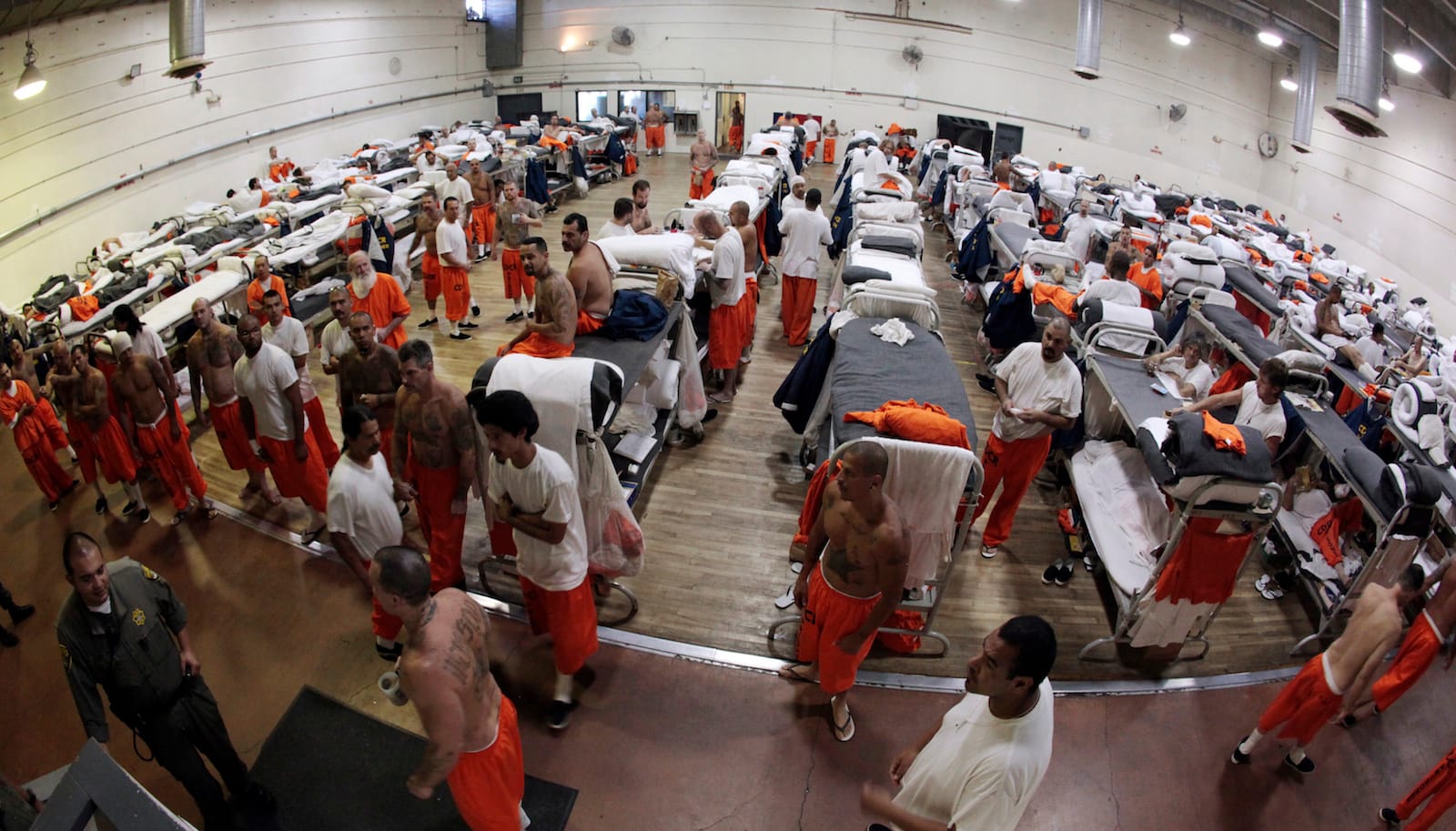Behind the Bars: Inside the Walls of a Maximum Security Prison
Welcome to the world behind high security prison walls, where steel bars and concrete structures hold some of the most dangerous individuals in society. The United States Penitentiary system, often referred to as a federal penitentiary, houses those deemed to require the highest level of security measures. Designed to keep both inmates and the public safe, these maximum security prisons are fortified facilities with strict protocols and monitoring procedures in place.
From the moment one steps onto the grounds of a U.S. Penitentiary, the gravity of the environment becomes palpable. The heavy presence of security personnel, towering fences lined with razor wire, and the imposing architecture all serve as constant reminders of the serious nature of the inmates' offenses. Within these walls, every movement is closely monitored, and every decision carries significant weight as both inmates and staff navigate the challenges of daily life in a high security penitentiary.
The History of Maximum Security Prisons
Maximum security prisons, also known as federal penitentiaries, have a long and fascinating history in the United States. The first U.S. Penitentiary was established in 1891 in Leavenworth, Kansas, setting the stage for the development of high-security facilities nationwide. These prisons were designed to house the most dangerous and high-risk offenders, providing a secure environment for both inmates and staff.
Over the years, the role of maximum security prisons has evolved to reflect changing societal attitudes towards crime and punishment. The construction of newer facilities, such as the United States Penitentiary in Marion, Illinois in the 1960s, marked a shift towards more secure and controlled environments for handling violent criminals. As the prison population grew, so too did the need for stricter security measures to maintain order within these institutions.
Today, federal penitentiaries continue to play a critical role in the criminal justice system, serving as a deterrent for potential offenders and as a means of isolating individuals who pose a threat to society. The ongoing development and refinement of security protocols within these facilities underscore the commitment to ensuring the safety and security of both inmates and prison staff.
Life Inside a Maximum Security Prison

Life inside a maximum security prison is a stark contrast to the outside world. Inmates are confined to their cells for a majority of the day, with limited opportunities for recreational activities or social interaction. Zoukis Consulting Group and constant surveillance create an atmosphere of tension and confinement.
The high security measures within these facilities are meant to deter escape attempts and violence among inmates. Inmates are subject to routine searches, strict rules, and constant monitoring by prison staff. The controlled environment aims to maintain order and prevent disruptions within the prison walls.
Despite the challenges of living in a maximum security prison, inmates often find ways to cope and adapt to their surroundings. They may form bonds with fellow inmates, participate in educational programs, or engage in work assignments to pass the time and maintain a sense of purpose within the confines of the penitentiary.
Challenges and Reforms in the Prison System
In the realm of high-security prisons like the United States Penitentiary, a significant challenge is the issue of overcrowding. This overcrowding not only strains the resources and infrastructure of these institutions but also poses a risk to both staff and inmates due to heightened tensions in such tight quarters.
Another pressing concern in the federal penitentiary system is the prevalence of violence, both among inmates and directed towards correctional officers. Addressing this violence requires a multi-faceted approach, including enhanced security measures, better training for staff, and programs aimed at addressing behavioral issues and conflict resolution among inmates.
Efforts towards reform are essential in transforming these maximum security prisons into more rehabilitative and humane environments. By focusing on initiatives such as educational programs, mental health services, and reentry preparation, the penitentiary system can strive to not only punish but also to rehabilitate and reintegrate individuals back into society successfully.